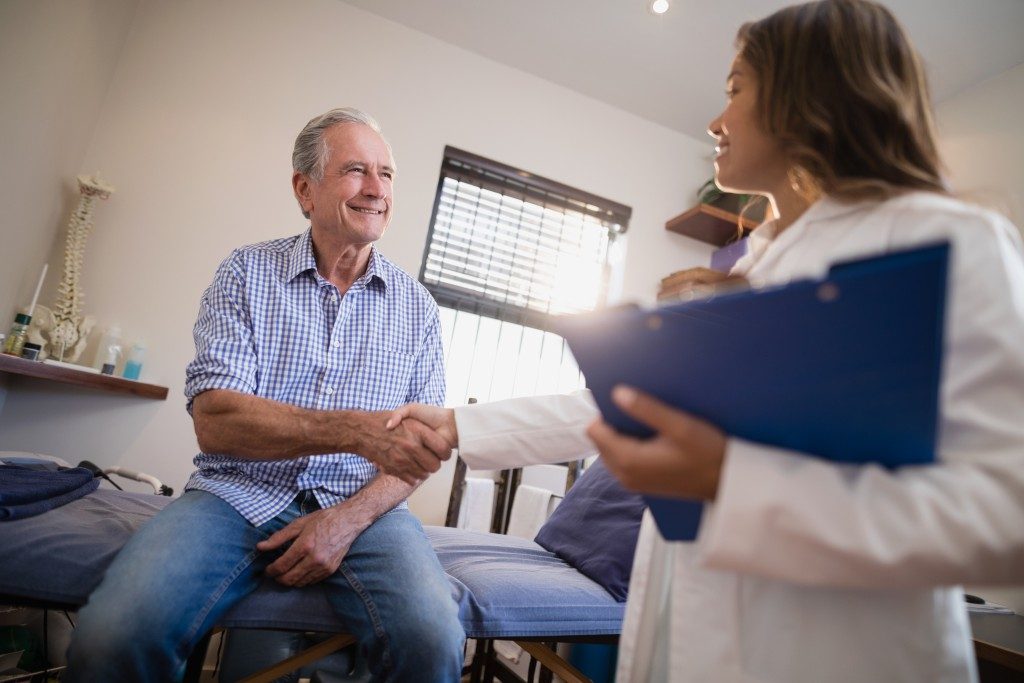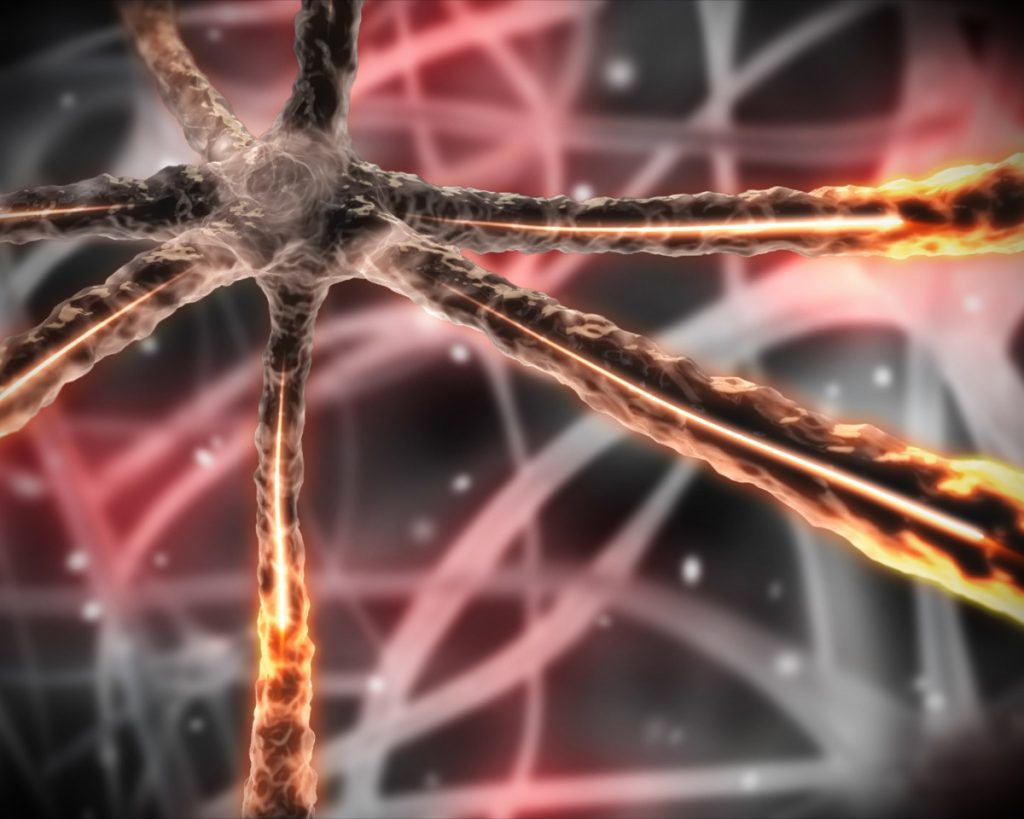Stem cell therapy is being used as an alternative treatment for people with back injuries, joint pain, and tendon and ligament damage. The therapy encourages natural healing for patients who have tried other forms of treatment without positive results. Stem cell therapy has changed the medical community since its discovery. More doctors are discovering the benefits of this form of treatment. Patients who want a non-invasive solution to their health conditions cannot go wrong with stem cell therapy.
Unfortunately, some people have doubts about stem cell therapy treatment despite its use in the medical world. The confusion about this therapy has caused misconceptions. Consequently, some patients who can benefit from stem cell therapy treatment fail to do so because of these myths. Therefore, it is wise to debunk these common misconceptions surrounding this form of therapy so that more people can choose the therapy to treat health conditions and chronic pain.
1. Stem cells are harvested only from embryos
Stem cells can be collected from embryos. However, the truth is that you can also find stem cells in other parts of the human body, such as the bone marrow, muscles, organs, fat, and tissue. There are other effective stem cells in the body besides the embryonic stem cells. The myth originates from the fact that embryonic stem cells produce over 220 specialized cells in the human body, which makes them unique from other stem cells. They have the potential of treating an array of medical conditions.
2. Stem cell therapy is not safe
This ought to be one of the most outrageous myths about stem cells. In reality, the risks of stem cell therapy are minimal. Research indicates that stem cell therapy is a safe treatment option that focuses on natural healing, and it is non-invasive. Additionally, your body accepts the new tissue extracted from your bone marrow and adipose tissue since it comes from the same body. As such, there are no chances of contracting illnesses from the donor patient because the cell is from your body.
3. Stem cell therapy is the same for all cases
The truth is that stem cell therapies are different. As such, each case is treated uniquely. The medical practitioner carrying out this treatment option considers the severity of the medical condition as well as the medical history of the patient when selecting the appropriate stem cell therapy. Since these considerations vary among people, doctors use a different mode of implantation for each patient.
4. Stem cell therapy recovery is difficult

The fact is that recovery after a stem cell treatment is not as difficult as people think. The perfect example of how easy it is to recover from the procedure is stem cell injections of joint-related illnesses such as for knee osteoarthritis. Patients can go back to their daily activities two days after the treatment.
Since you have debunked these misconceptions, you can easily decide the form of stem cell therapy that suits you. However, you should first visit the hospital for evaluation to make sure that you are a candidate for the treatment. You shouldn’t suffer in pain when stem cell therapy can treat the injuries.

